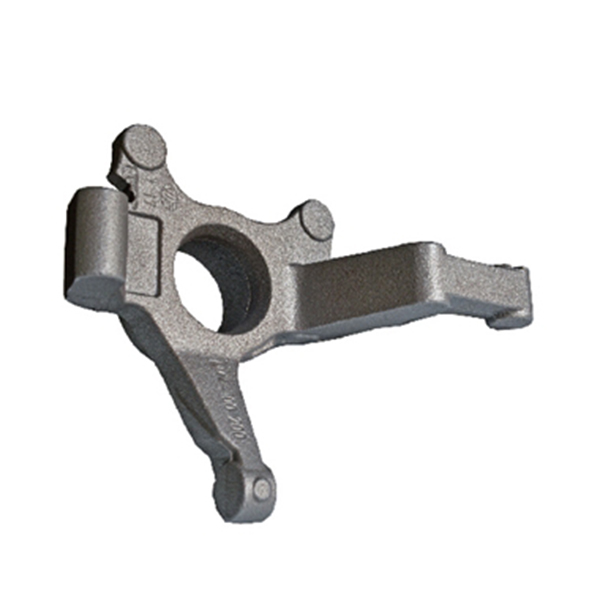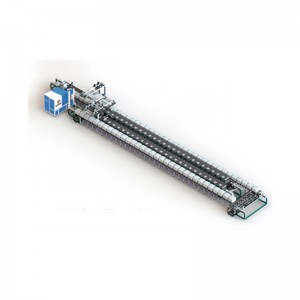Automobile casting parts are typically manufactured using techniques such as sand casting
No matter new customer or previous client, We believe in prolonged time period and trustworthy relationship for Automobile casting parts are typically manufactured using techniques such as sand casting, We believe that in good quality more than quantity. Before export of the hair there is strict top quality control check during treatment as per international good quality standards.
No matter new customer or previous client, We believe in prolonged time period and trustworthy relationship for various components about automobile casting parts, Due to our good goods and services, we’ve got received good reputation and credibility from local and international customers. If you want more information and are interested in any of our solutions, remember to feel free to contact us. We look forward to becoming your supplier in the near future.
Features

The liquid metal is cast into the casting cavity suitable for the shape of the auto parts, and the casting parts or blanks are obtained after it is cooled and solidified.
After the casting is taken out from the casting mold, there are gates, risers and metal burrs. The casting of sand mold is still adhering to the sand, so it must go through the cleaning process. The equipment for this kind of work is shot blasting machine, gate riser cutting machine, etc. Sand casting shakeout cleaning is a process with poor working conditions, so when choosing modeling methods, we should try to consider creating convenient conditions for shakeout cleaning. Some castings due to special requirements, but also after casting treatment, such as heat treatment, shaping, rust treatment, rough processing.
Casting is a more economical method of blank forming, which can show its economy more for complex parts. Such as car engine block and cylinder head, ship propeller and fine art. Some parts that are difficult to cut, such as nickel-based alloy parts of steam turbines, cannot be formed without casting methods.
In addition, the size and weight of casting parts to adapt to the range is very wide, metal types are almost unlimited; Parts have general mechanical properties at the same time, but also have wear resistance, corrosion resistance, shock absorption and other comprehensive properties, is other metal forming methods such as forging, rolling, welding, punching and so on can not do. Therefore, in the machine manufacturing industry, the production of blank parts by casting method is still the largest in quantity and tonnage.
The manufacturing of vehicles will still require some sand cast castings, and the mechanical automation of casting production will promote the development of flexible production to expand the adaptability of different batch sizes and multiple production.
Juneng Machinery
1. We are one of the few foundry machinery manufacturers in China that integrates R&D, design, sales and service.
2. Main products of our company are all kinds of automatic molding machine, automatic pouring machine and modeling assembly line.
3. Our equipment supports the production of all kinds of metal castings, valves, auto parts, plumbing parts, etc. If you need, please contact us.
4. The company has set up after-sales service center and improved the technical service system. With a complete set of casting machinery and equipment, excellent quality and affordable.


Automobile casting parts refer to the components used in the manufacturing of automobiles that are produced using casting processes. Casting is a manufacturing process in which a liquid material, typically molten metal, is poured into a mold cavity and allowed to solidify, resulting in a desired shape or form.
In the context of automobiles, casting parts can include various components such as:
1. Engine blocks and cylinder heads: These are critical components of the engine that are typically manufactured using casting processes. They provide the housing for the cylinders and other internal engine components.
2. Transmission housings: The transmission system in an automobile also often includes casting parts, such as the housing that encloses the gears and other transmission components.
3. Differential housings: The differential, which transfers power from the engine to the wheels, often has a casting part housing that holds the gears and bearings.
4. Suspension components: Certain suspension components, such as control arms or knuckles, are often made using casting processes. These components help to support and control the movement of the wheels.
5. Brackets and mounts: Various brackets and mounts used in the automobile’s chassis or engine assembly are commonly manufactured through casting methods. These parts provide support and attachment points for other components.
6. Wheels: Some types of automobile wheels, especially those made of aluminum alloy, are produced using casting techniques. Casting allows for intricate designs and shapes to be achieved.
Automobile casting parts are typically manufactured using techniques such as sand casting, investment casting, or die casting, depending on the desired material and complexity of the component. These methods ensure that the parts have the necessary strength, durability, and dimensional accuracy required for safe and efficient operation of automobiles.






